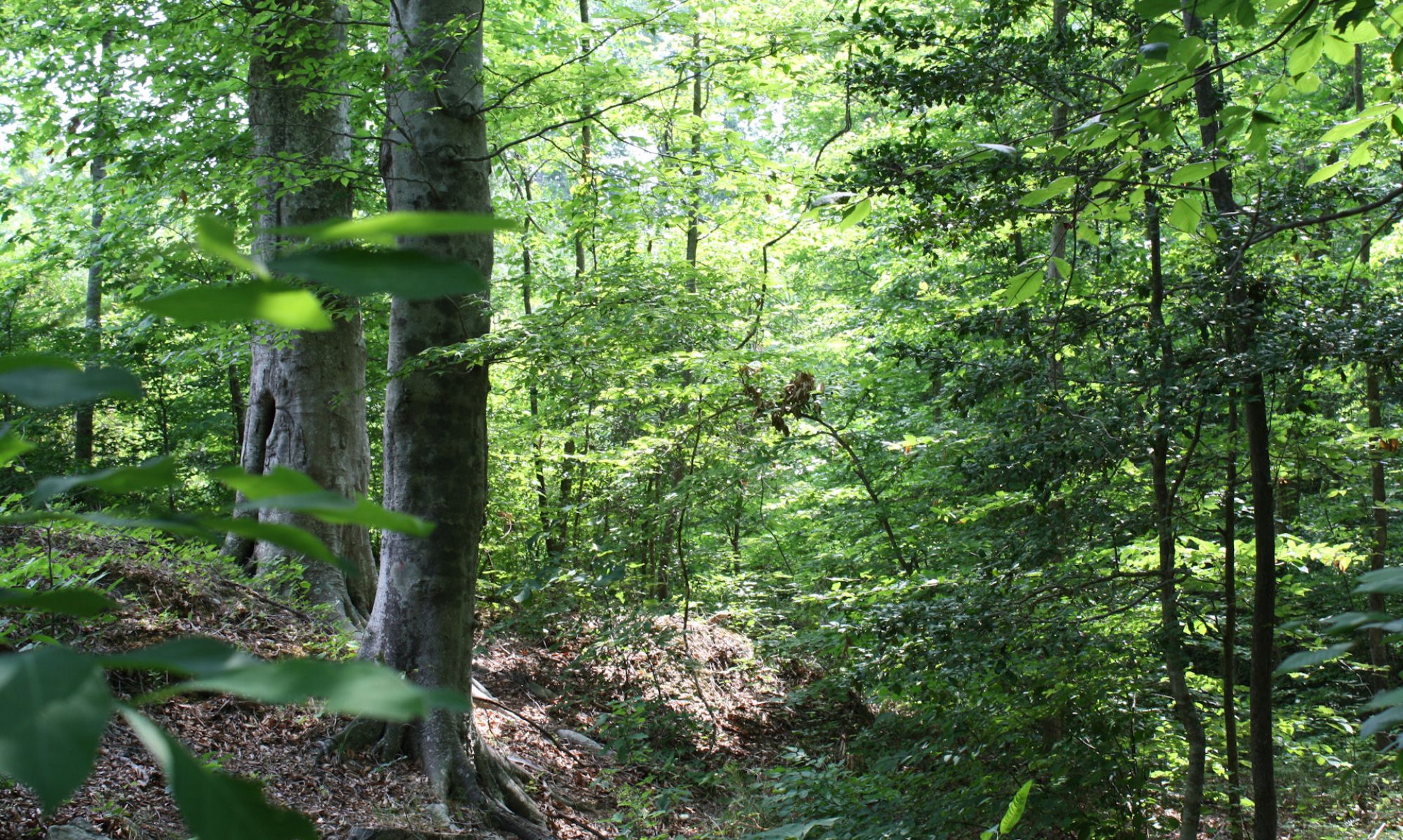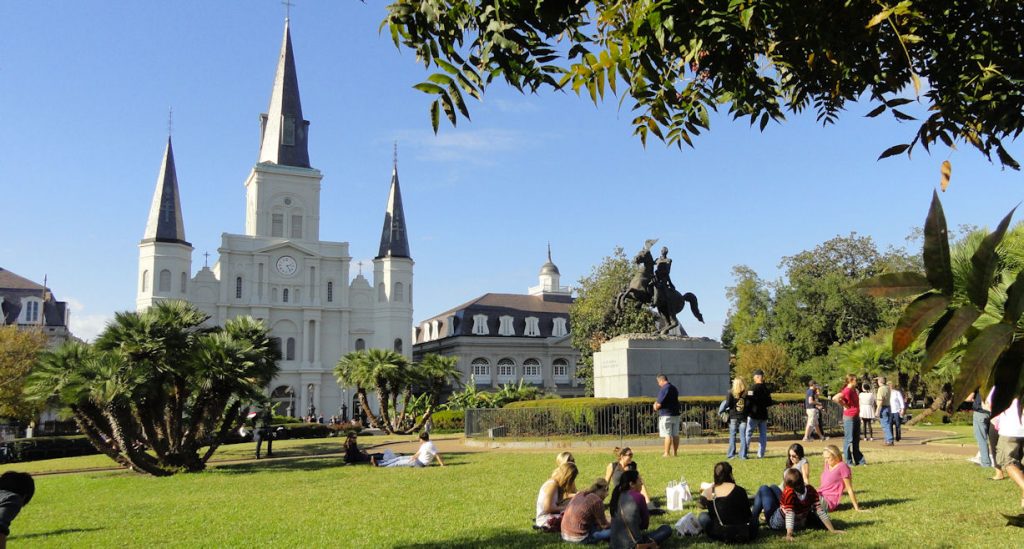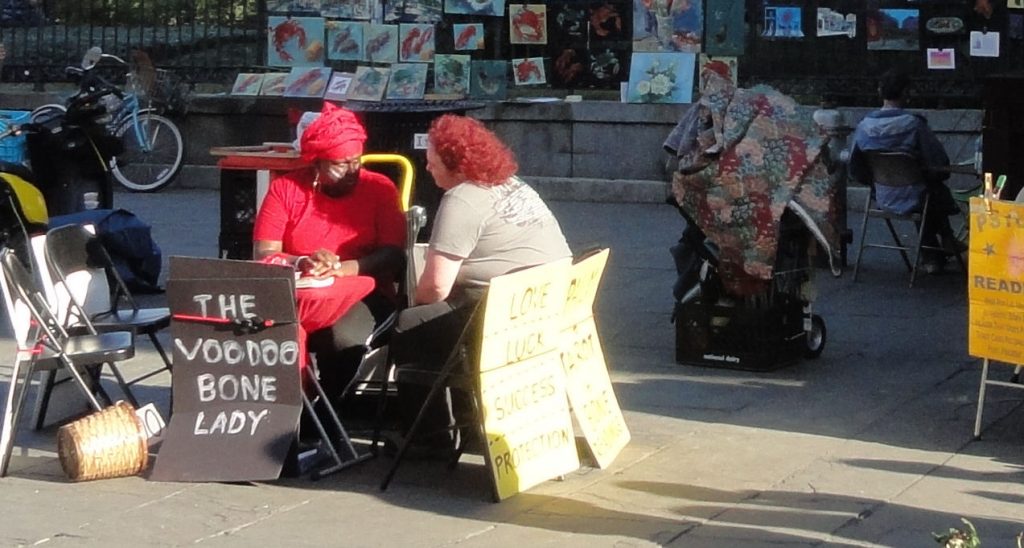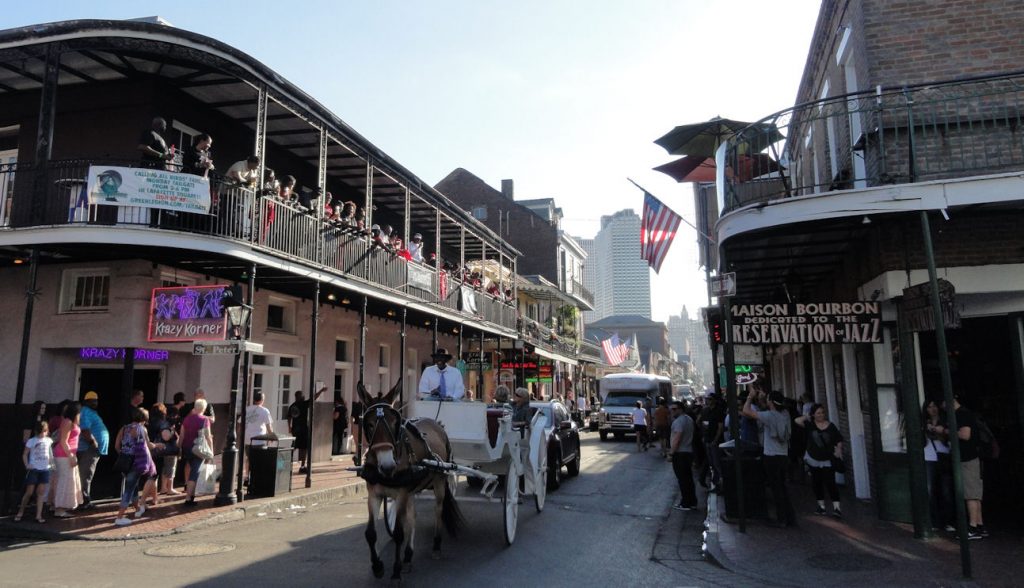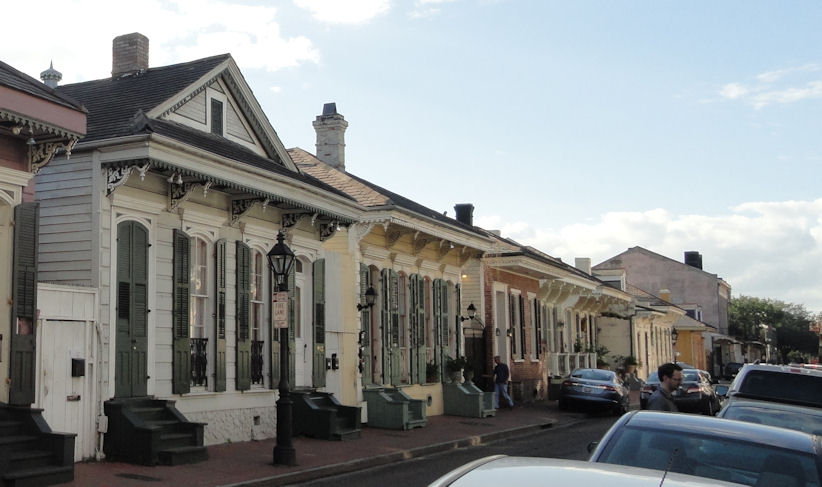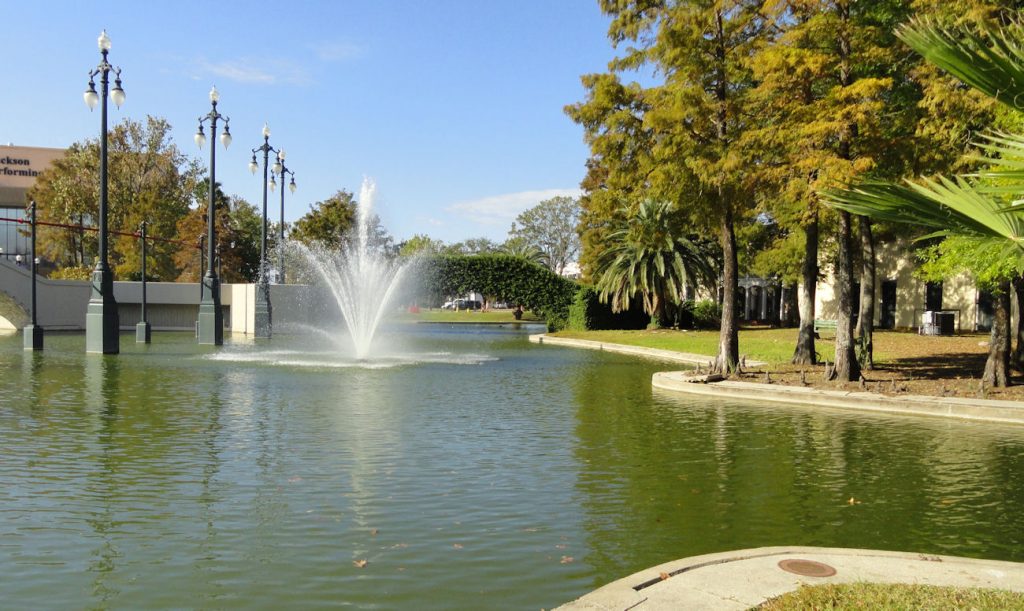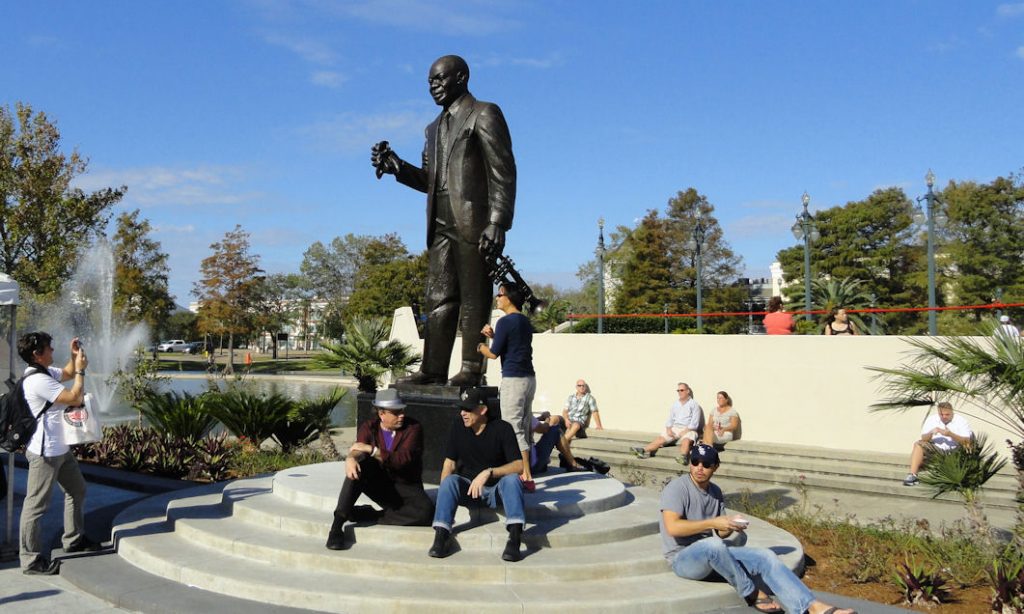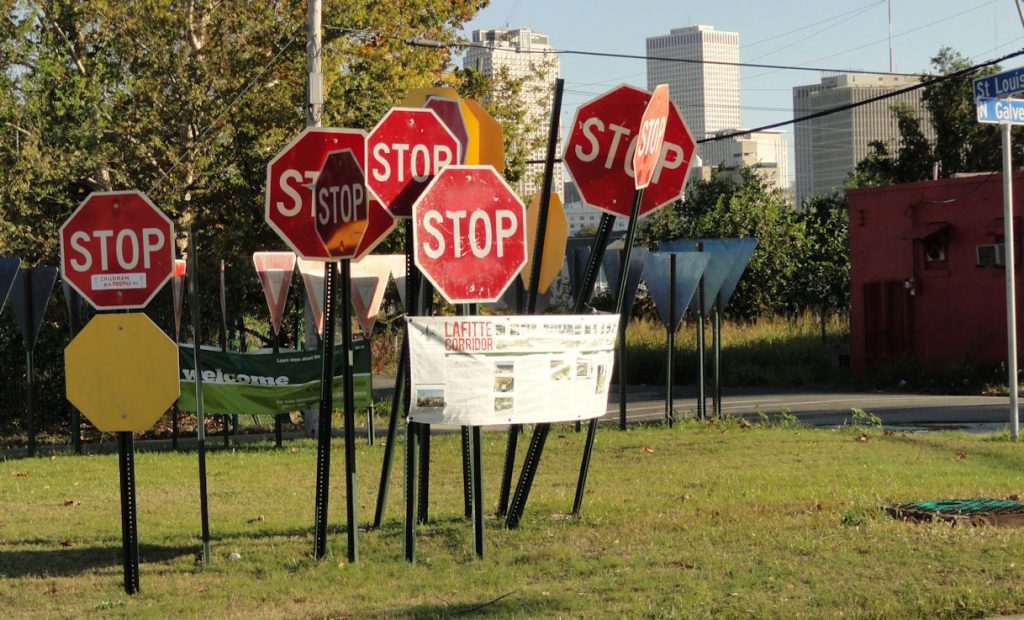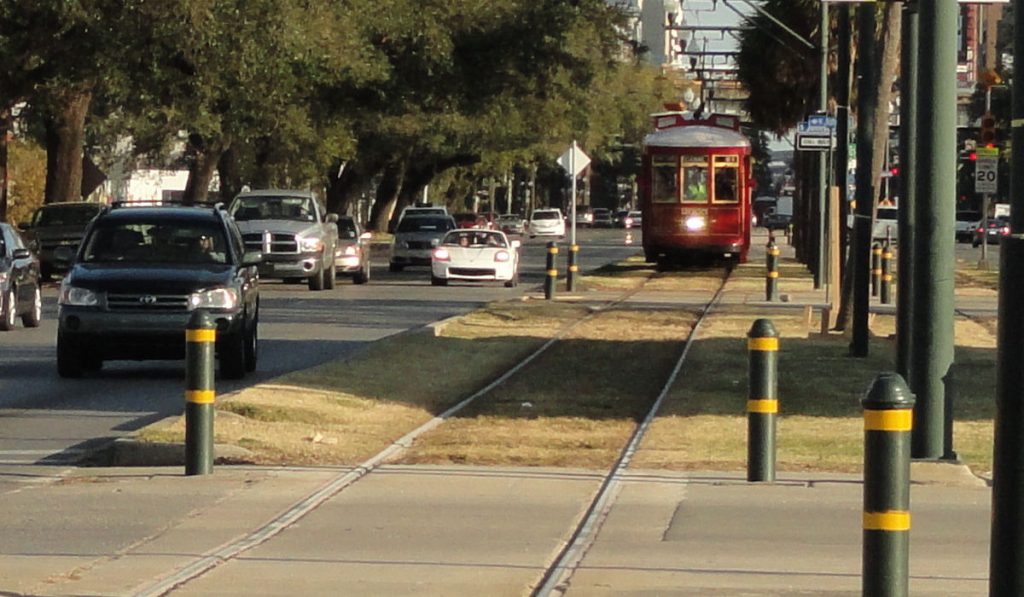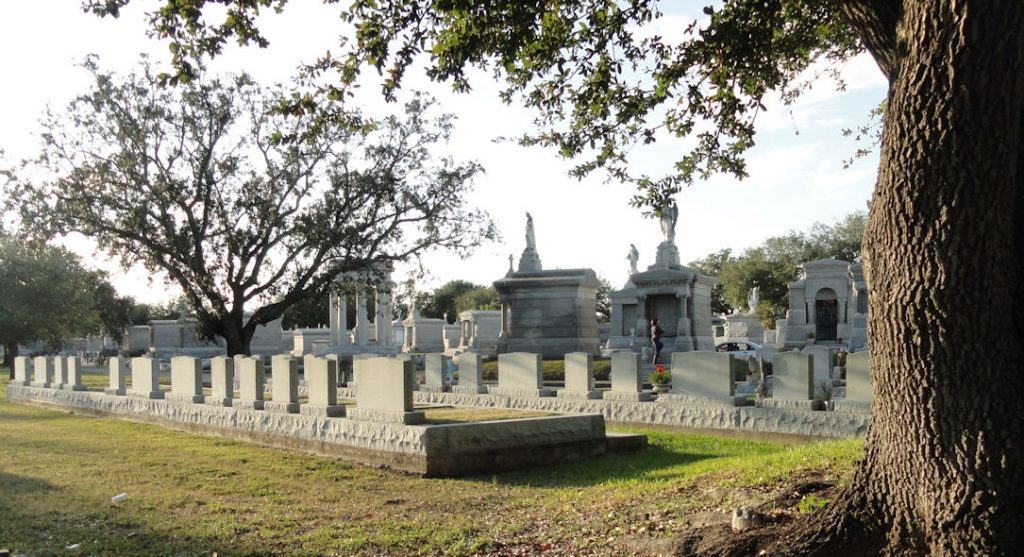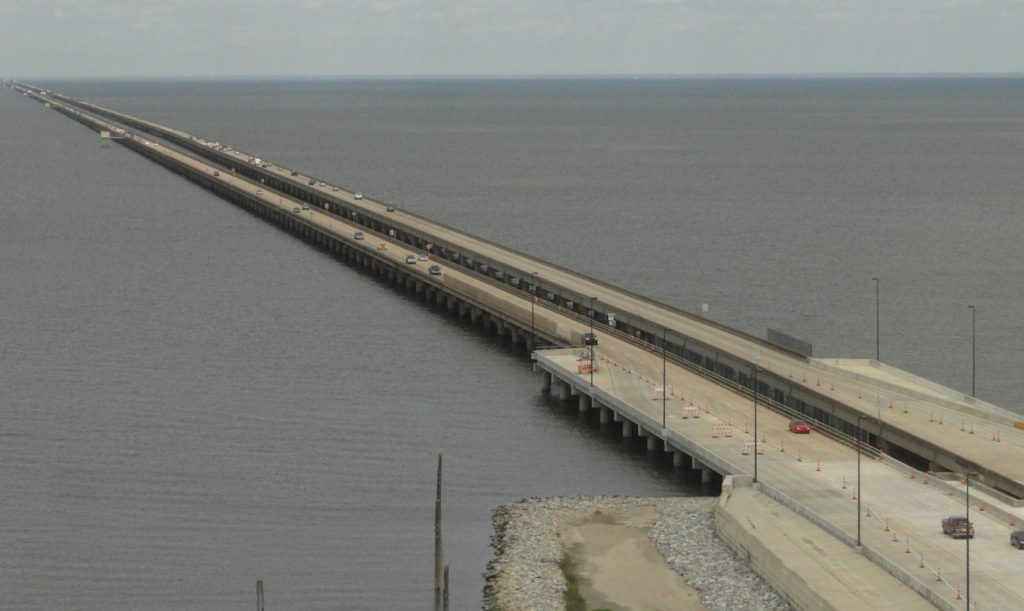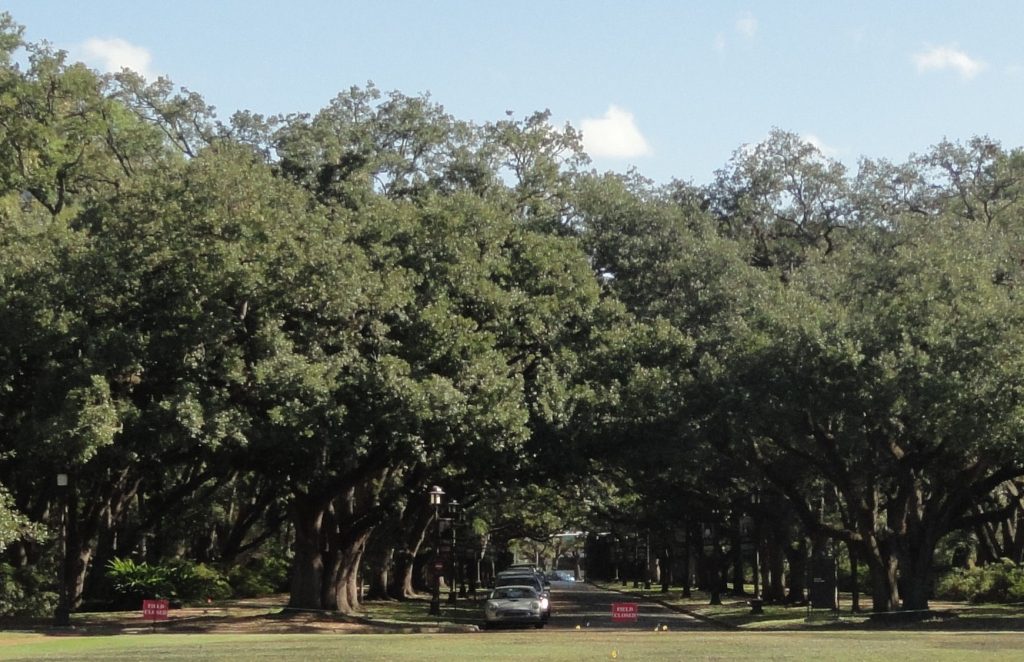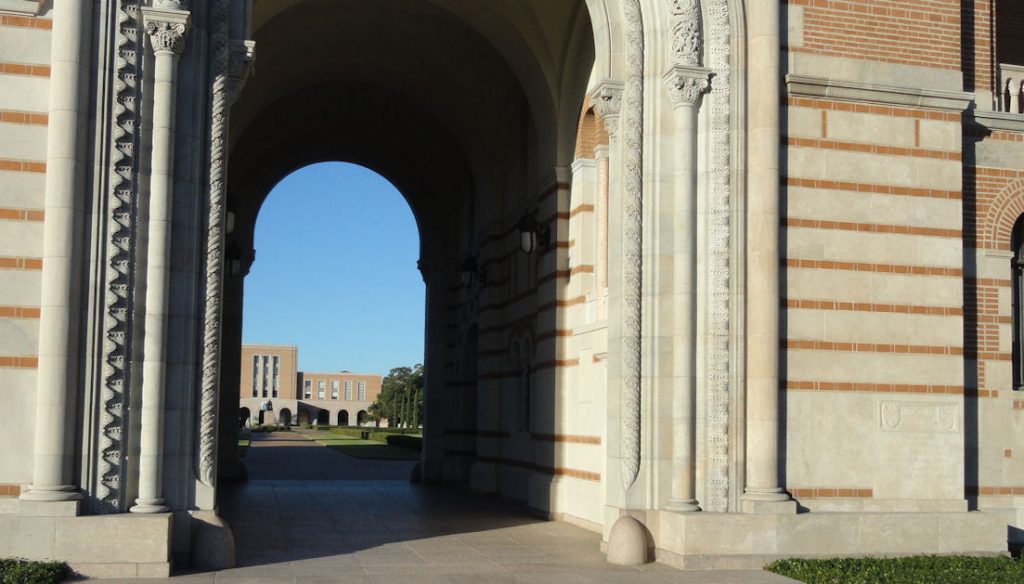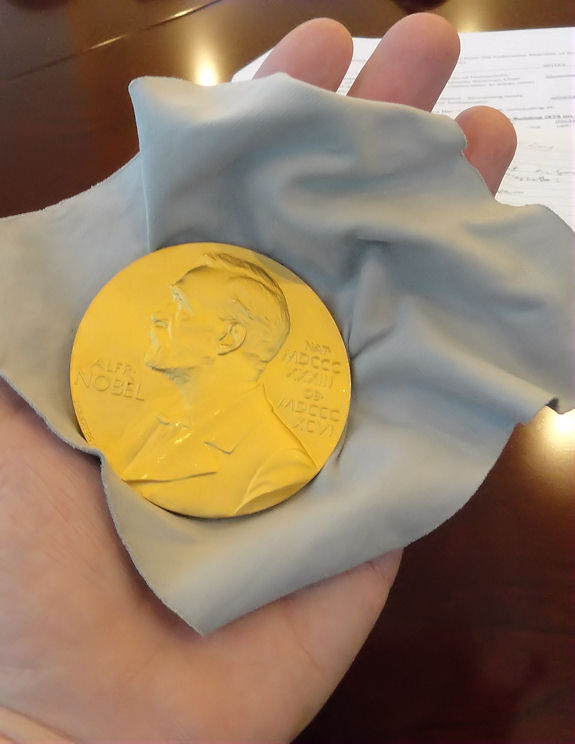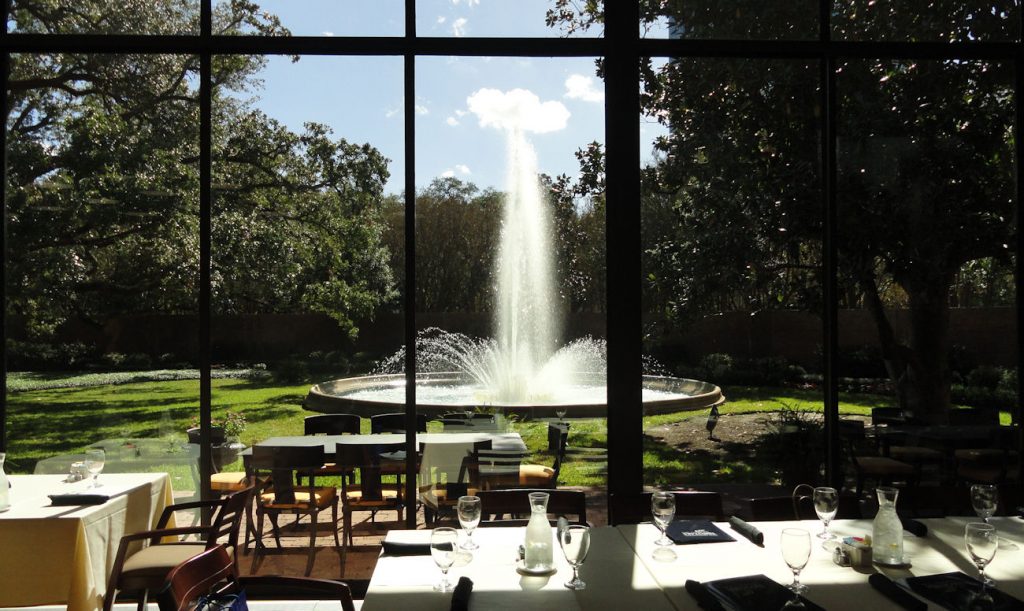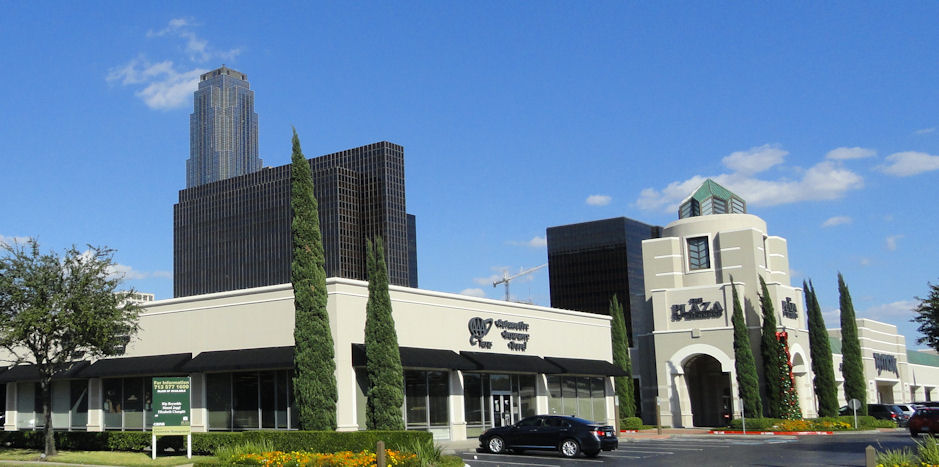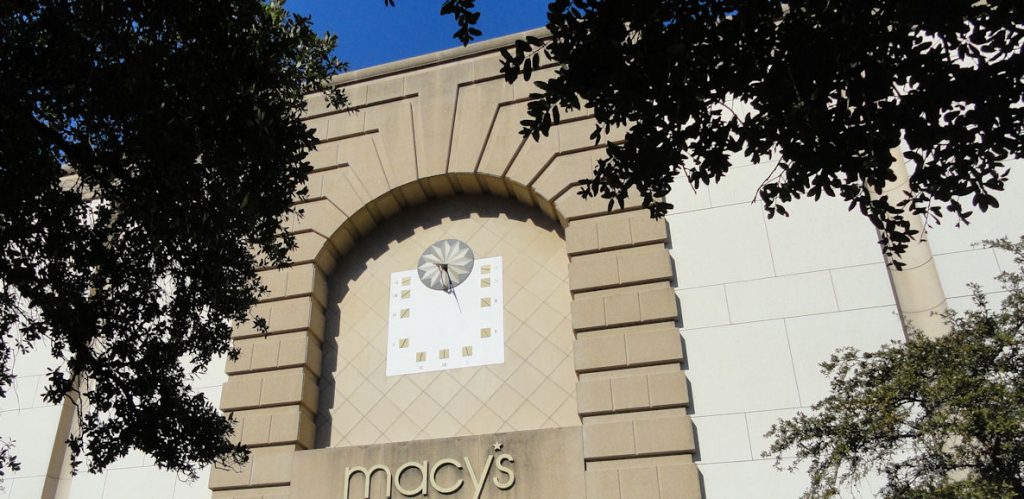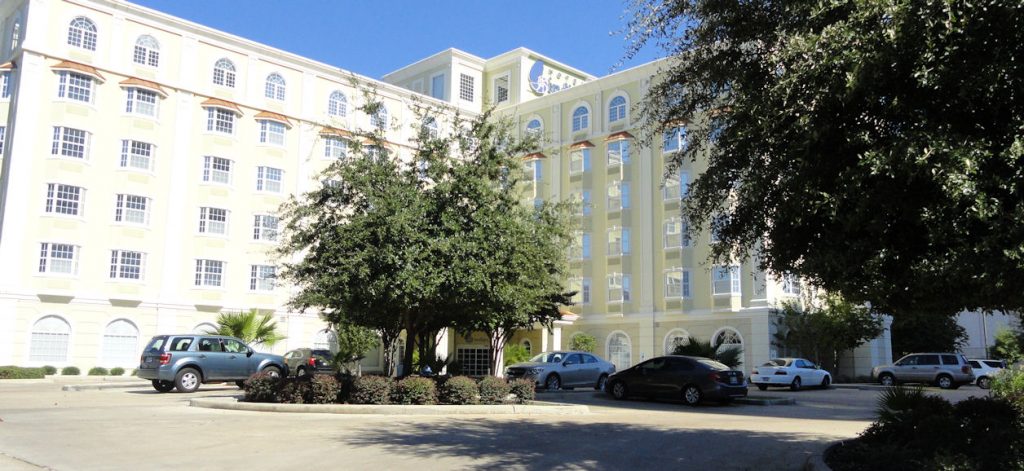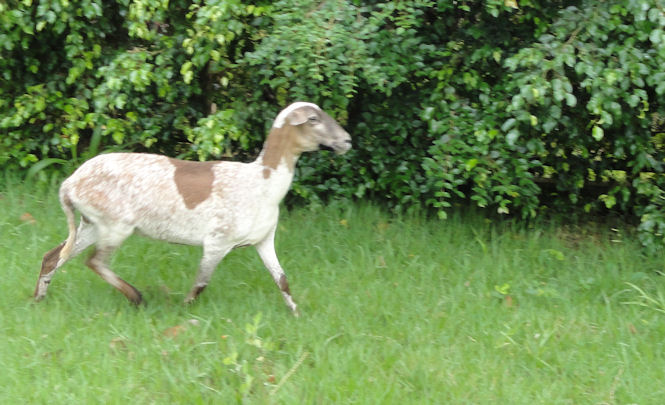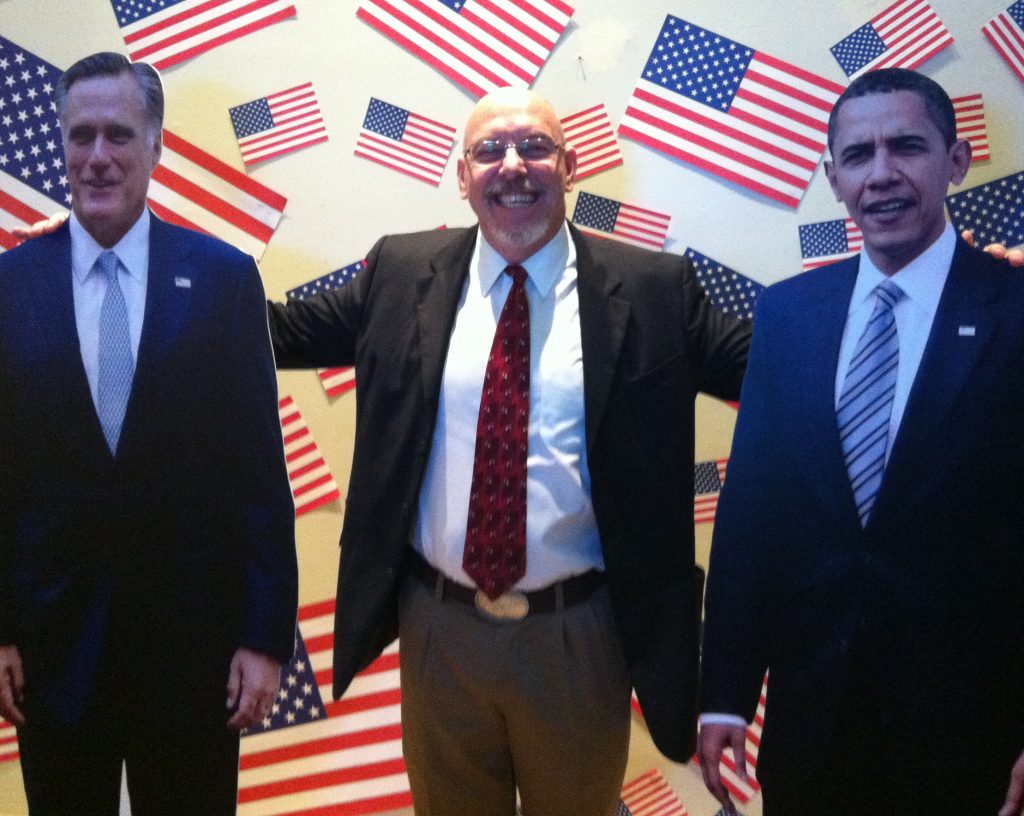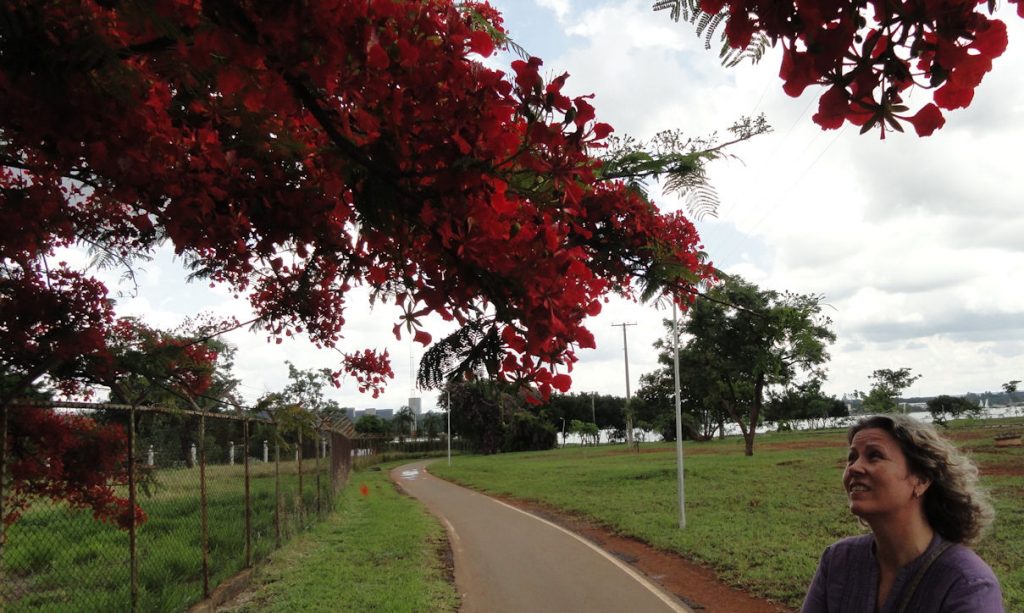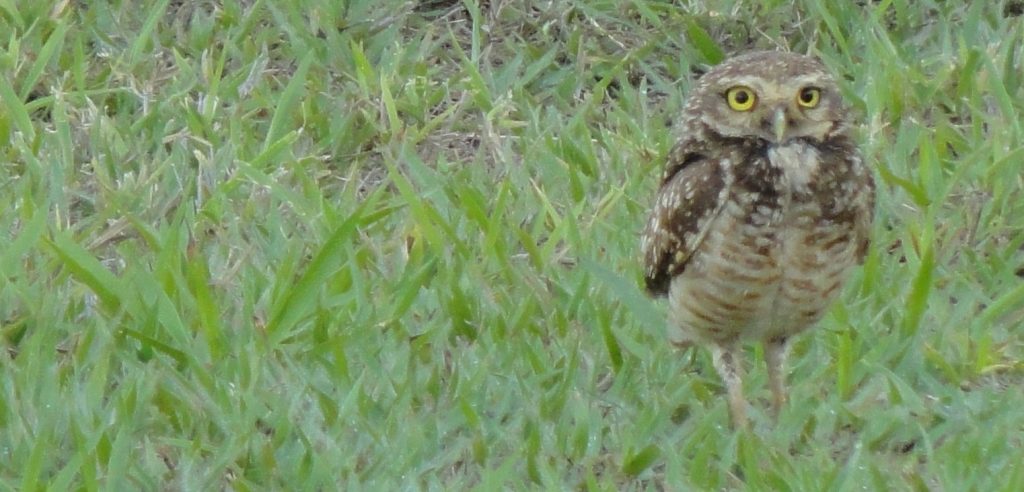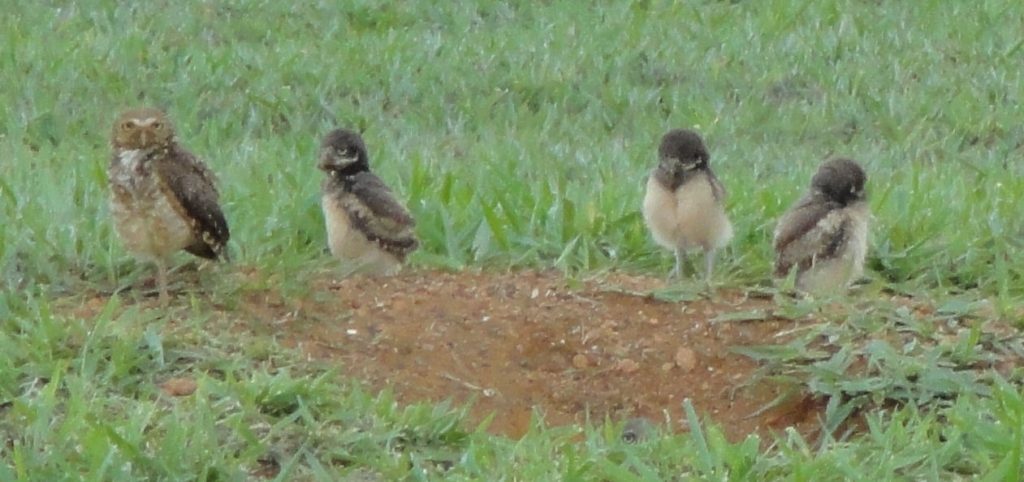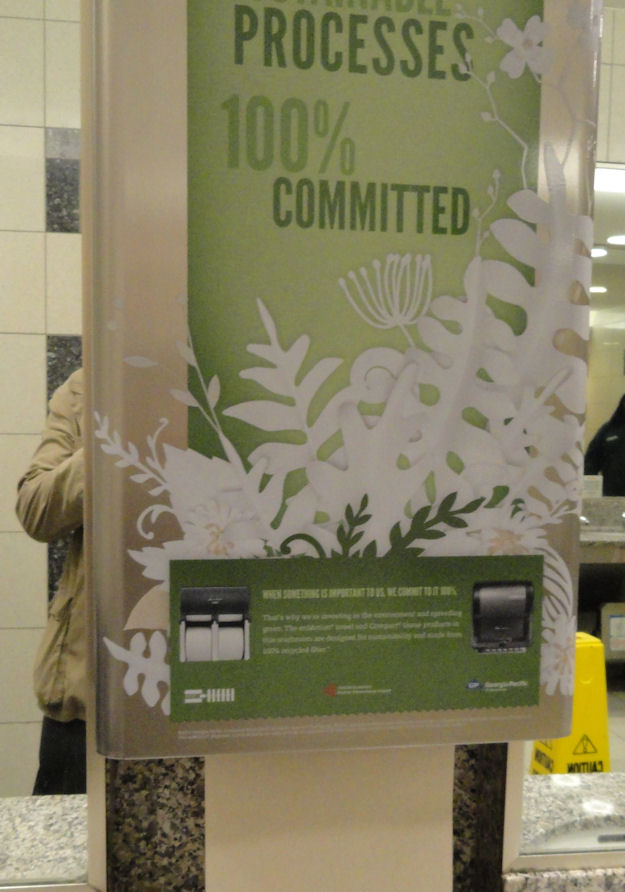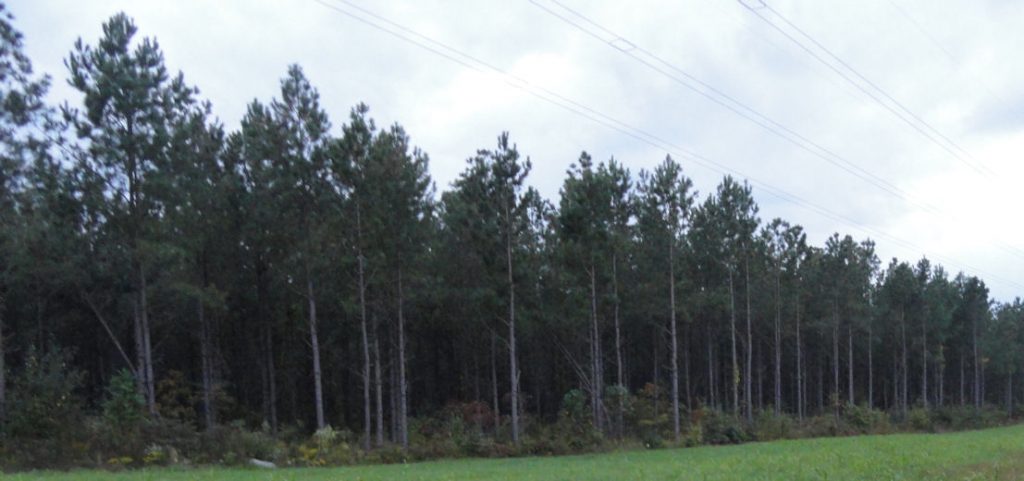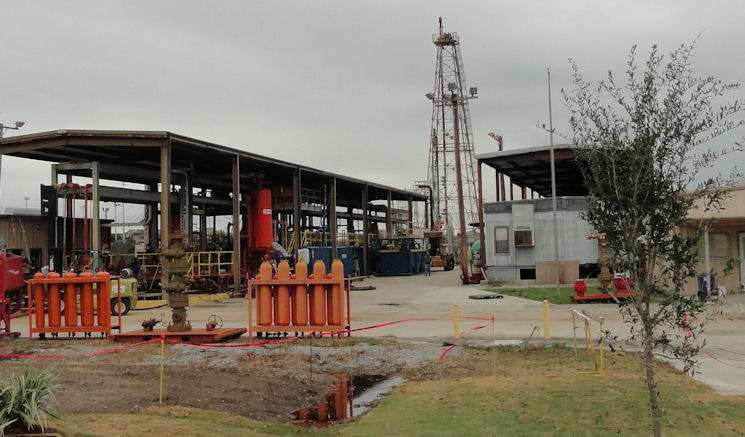
Our first top was Louisiana State University Petroleum Engineering Research & Technology Transfer Laboratory (PERTT Lab) Well Facility, long name. They have working equipment and study how rigs really work under pressure, literally under pressure. They bring in various types of mud and oil to simulate real conditions.
LSU is a leader in oil and gas because this is so much oil & gas in Louisiana. Much of this is conventional energy, but LSU is also gearing up to work on the unconventional new sources. Petroleum engineering is a growth industry as the new technologies have essentially created vast new sources of energy. Our friends at LSU told me that their students have 100% placement rate. This is caused by the great demand surge plus a generational change. Fewer petroleum engineers were minted after the 1980s. Many of those working today are near retirement. There is a shortage developing at the same time that the U.S. is expected to become the world’s largest oil producer within this decade and may become a net energy exporter within my lifetime. What a change!
LSU folks believe in hands-on experience. With that in mind, they have their own simulation well. This is a real oil well, but it has lots of equipment that can simulate conditions that students might face in their future. They even have a hands-on test. Students are uneasy about these tests because they happen in real time, and they have to make quick decisions. LSU professors tell the students that it is better to create this kind of time pressure in the lab. You don’t want to have your first test in the real world.
The equipment is used by firms as well as students and academic researchers. These firms, such as BP and Chevron, pay for the service and their work with students and professors helps everybody learn while pushing the frontiers of knowledge. There are not many intellectual property issues involved, since much of the research is testing existing technologies and often involved with health & safety and environmental protection issues. Firms want to share experience about health & safety and environmental protection, since they know that any well that causes trouble hurts all players in the industry, no matter who owns the rig.
